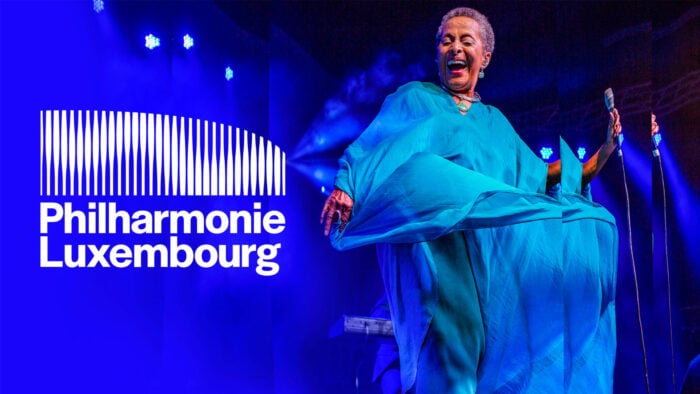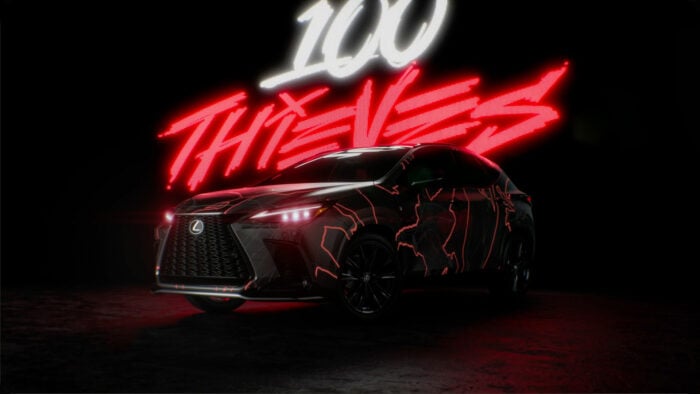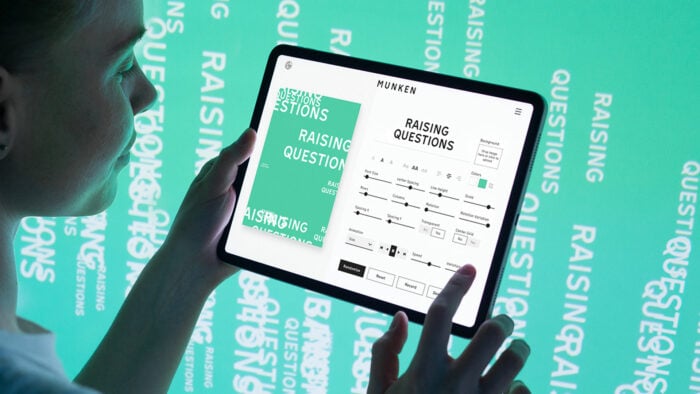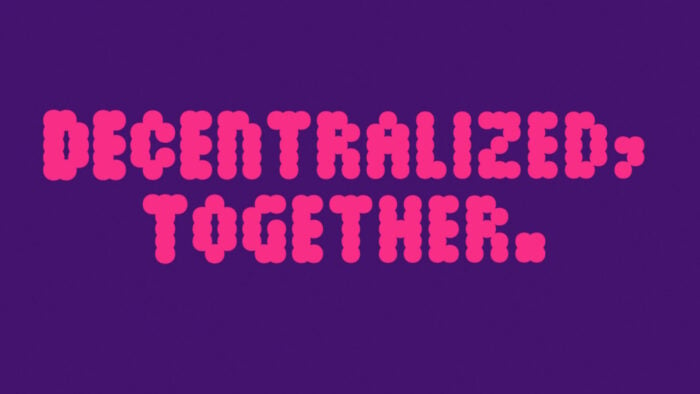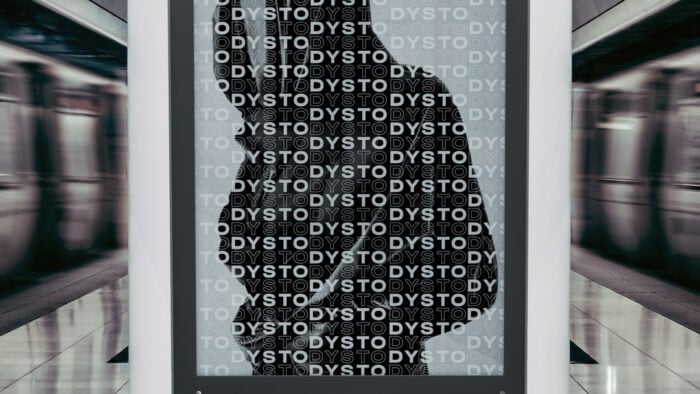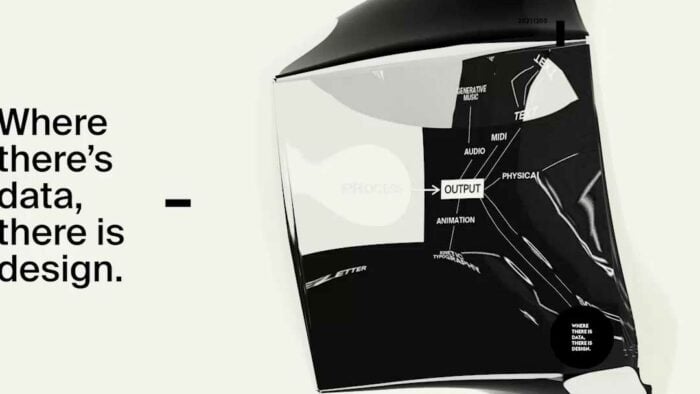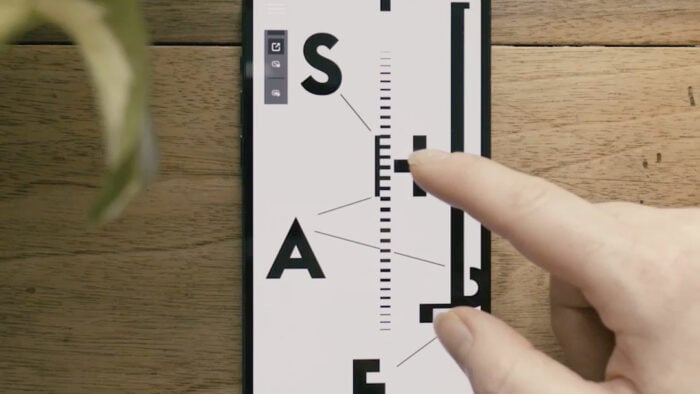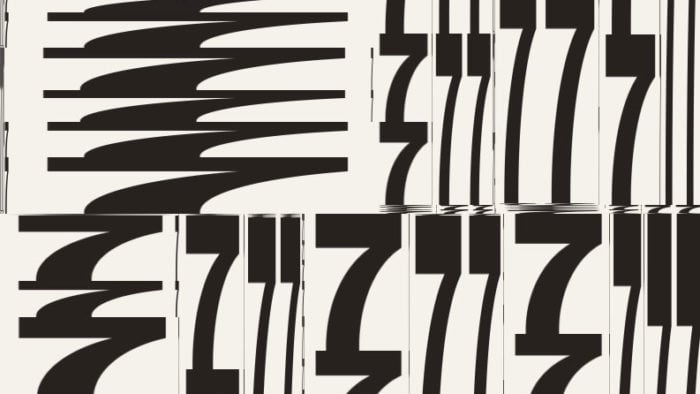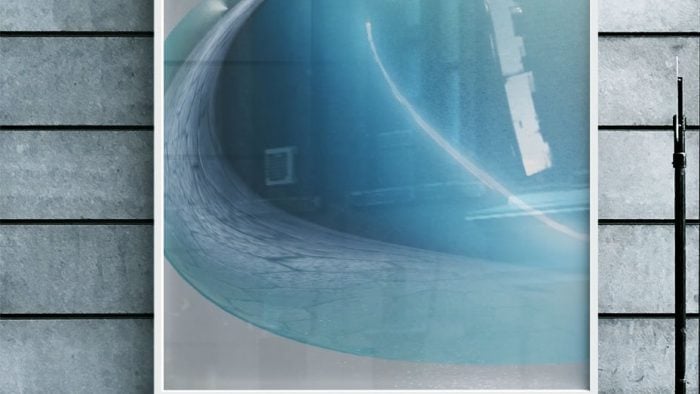Map of relevant entites and relationships
{
“nodes”: [
{ “id”: 1, “label”: “Future Aesthetics”, “title”: “Artistic and design interpretations of the future.” },
{ “id”: 2, “label”: “Speculative Design”, “title”: “Design practice that imagines future scenarios.” },
{ “id”: 3, “label”: “Emerging Technologies”, “title”: “New technologies that could shape the future.” },
{ “id”: 4, “label”: “Cultural Shifts”, “title”: “Changes in societal values, behaviors, and norms.” },
{ “id”: 5, “label”: “Virtual & Augmented Reality”, “title”: “Technologies that overlay or replace the real world.” },
{ “id”: 6, “label”: “Design Language”, “title”: “A physical manifestations of digital ideas that shape our relationship to technology” },
{ “id”: 7, “label”: “Digital Art and Design”, “title”: “Art and design created or presented using digital technology.” },
{ “id”: 8, “label”: “Sustainability”, “title”: “Designs and practices focused on environmental health.” },
{ “id”: 9, “label”: “Biomimicry”, “title”: “Design inspired by nature and its processes.” },
{ “id”: 10, “label”: “Post-digital”, “title”: “Artistic response to the digital age’s ubiquity.” },
{ “id”: 11, “label”: “Material Innovation”, “title”: “Novel materials or ways of using materials.” }
],
“edges”: [
{ “from”: 1, “to”: 2, “label”: “Involves” },
{ “from”: 1, “to”: 3, “label”: “Driven By” },
{ “from”: 1, “to”: 4, “label”: “Influenced By” },
{ “from”: 1, “to”: 5, “label”: “Explores” },
{ “from”: 1, “to”: 6, “label”: “Expressed by” },
{ “from”: 1, “to”: 7, “label”: “Utilizes” },
{ “from”: 1, “to”: 8, “label”: “Values” },
{ “from”: 1, “to”: 9, “label”: “Incorporates” },
{ “from”: 1, “to”: 10, “label”: “Engages With” },
{ “from”: 1, “to”: 11, “label”: “Celebrates” }
]
}
This map is interactive.
Hover over elements to learn more. Click-and-drag elements to move them around.



